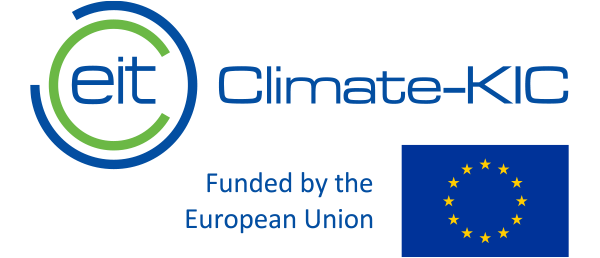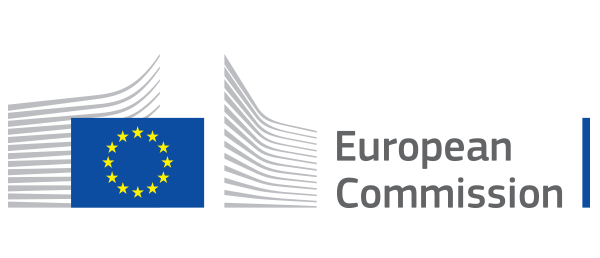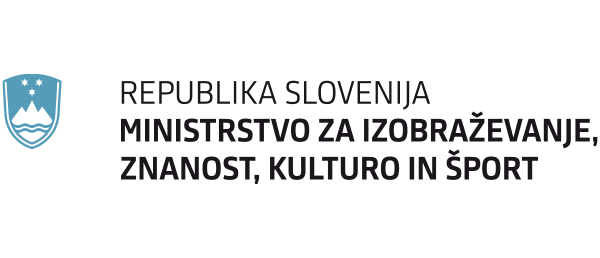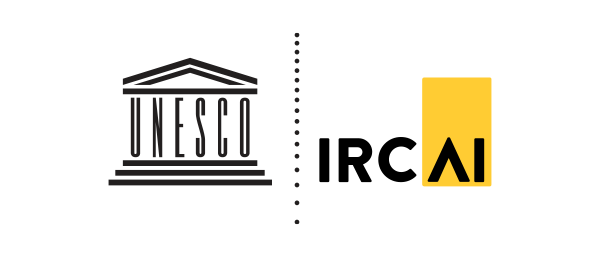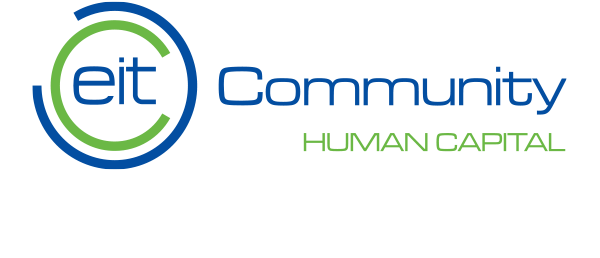
winner
A democratizing solution to sustainable urban development
In a time where urban development is often both anachronistic and undemocratized, we have created a new way of giving the citizens who live in the urban areas a clear voice. Through VR and AR, we are able to establish bottom-up urban development that follows the contemporary need for development.

Team: The Copenhagen School of Sustainable Development
Team members
Maya Lamothe-Thekatrapani & Niels Kristian BjergMembers roles and background
Maya is a Canadian originated student of Anthropology and City Development in constant search of new challenges where she can contribute to optimal solutions to present challenges of the future development.
Niels Kristian has a Master in Political Science w. specialization in Foreign Policy and has been a big initiator in Copenhagen-based projects about sustainable urban development. He has worked many years with community building, entrepreneurship, urban bio-diversity, sustainability, and cultural projects for both organizations and companies for example for The University of Copenhagen, Øresundskollegiet, The Municipality of Copenhagen, PAB, and Roskilde & Skanderborg Festival.
Contact details
Solution description
The Dome of Citizenship is a solution in two parts:
- The actual Dome of Citizenship builds on virtual reality urban designing.
- An app that works through augmented reality.
In addition to this, the solution is a three-phased process.
- The initiating process
- The development process
- The actualization process
For the initiating process, everyone with a smartphone or device that has a LiDAR scanner can contribute. The goal is to scan and thereby map the urban area of interest. When the area is thoroughly scanned it will be put into a virtual reality world that can be engaged through virtual reality headsets like the oculus quest.
In the development process, two things are initiated. The first is the establishment of the Dome of Citizenship wherein everyone with an interest in the urban area in focus can enter. Inside the Dome of Citizenship will be equipped with virtual reality headsets that let the user engage in the mapped 3D area. By wearing the headsets the users suddenly become architects of the city areas and can delete, add and manipulate with the virtual urban area, for example by adding trees and plants, structures, spots for bike parking, artwork, or drawings - only limited by the imagination. Concurrently with the establishment of the Dome of Citizenship people of the area will be able to download an app to their smartphone devices. In the app, they will be able to take pictures of the area of focus, which can be manipulated with available cut-outs with trees and plants, structures, spots for bike parking, artwork or drawings - as well as custom-made cut-outs added by the users. The finished photos will afterward be uploaded to an are- main page where the users of the app can connect, interact with each other and vote for the best design ideas and proposals.
In the actualization process, the ideas and design proposals will be gathered for analysis. After the analysis, the data will be sent to stakeholders like politicians, the municipality, initiators, and funds. The virtual reality headsets will also be made available for the actors so they get the possibility of not only seeing but also experiencing the local citizen-driven visions and dreams for the areas in focus. This we believe will enhance the basis of decision-making regarding the urban development of the city and will create the basis for decisions and actualizations that are rooted in the people who actually live and are gonna live in the affected areas. That is what we call sustainable urban development done right!
Lastly, we suggest that the municipality should take charge in encouraging people to launch the process whenever local plans for areas in the city is under development. This will create a synergy between the actual workflows of the urban development.
Solution context
To take starting point in Copenhagen the urban development is often decided on a municipal level without involving the affected citizens successfully. In other words, urban development can be experienced as being very top-down even though that might not be the intention. This practice leads to urban development as being experienced by many as undemocratic, un-involving, and anachronic.
By giving the citizens and local initiators the possibility of initiating urban development projects from a local level the development of the city becomes contemporary, bottom-up, and representative of the citizens living in the affected areas.
Furthermore, the local plans often include budgetary resources that can actually finance the development demands of the urban areas. The financing of the projects is therefore not necessarily the problem: the process and practice on the other hand are.
Solution target group
• Citizens
• Urban Developers and Initiators
• Politicians
• Stakeholders
• Organizations
Solution impact
By effectuating the Dome of Citizenship we will be able to democratize the development of the city in a meaningful, learningful, fun, and engaging way that actually helps solve the urban development issues of tomorrow - today.
Solution tweet text
Meet the Dome of Citizenship! The Dome of Citizenship will contribute to solve the urban development issues of tomorrow - today. By engaging local citizens bottom-up through VR & AR it will help democratizing and visualizing the local urban city development with real results.Solution innovativeness
I, Niels Kristian, have never engaged in or discovered anything similar on the market. And I have worked in the area for more than six years. Neither have the people I've discussed it with. Of course, there has been a lot of initiatives on democracy and urban entrepreneurship but I have never encountered a real bottom-up solution that uses VR & AR to enhance the involvement and learning as well as contribute to the output in the way our solution does it.
Solution transferability
The solution can easily be transferred to any place in the world. Almost everyone in the world owns a smartphone today which can take photos. Therefore it is only a matter of locally setting the app up to the desired stakeholders.
It could also easily be set up as something that works outside of the cities. We are just motivated by urban areas why our focus has been put on these.
Solution sustainability
The Dome of Citizenship focuses intensively, but not exclusively, on social sustainability. It does so by providing a solution that enhances democracy, citizen involvement, bottom-up initiatives, and ownership of the local urban areas.
Solution team work
We worked very productively as a team and had a lot of fun! With that said we would definitely need more people on our team to actualize the Dome of Citizenship. Luckily, we already know those people from our network and after having participated in the digieduhack.
AESIR_CLIMATHON_SOLUTION_DISCLAIMER


